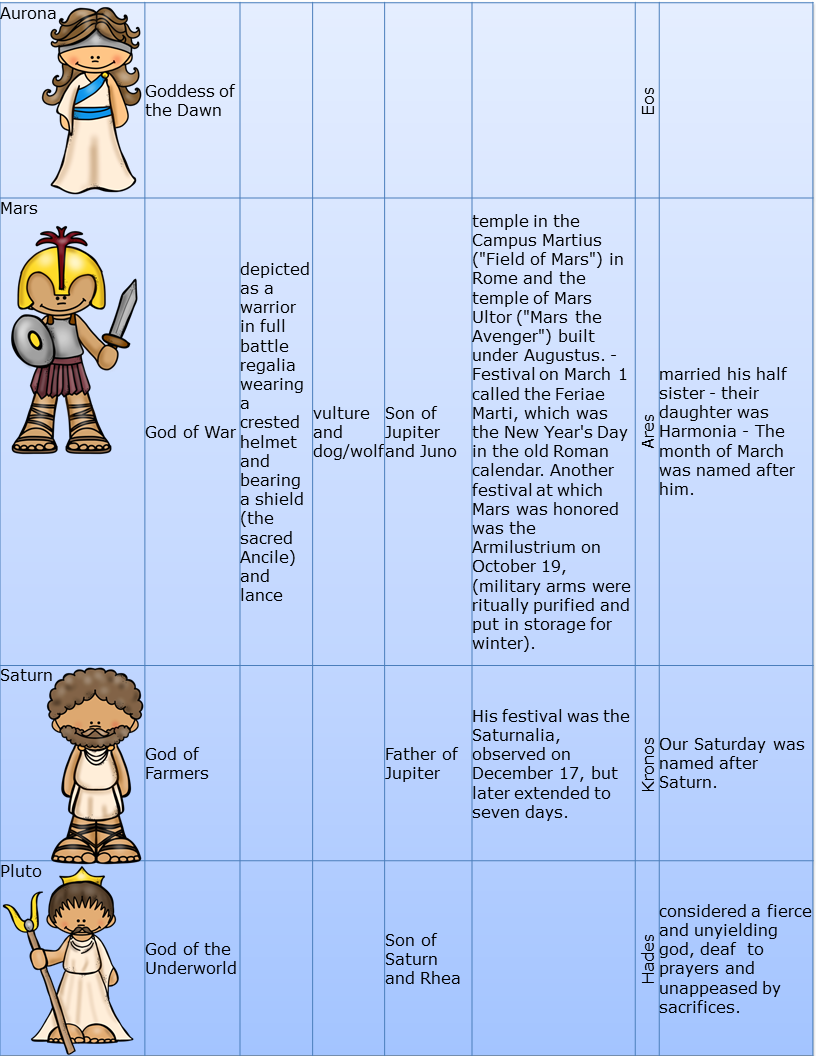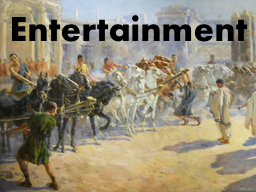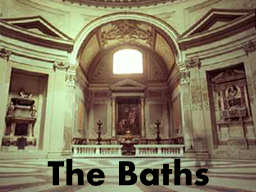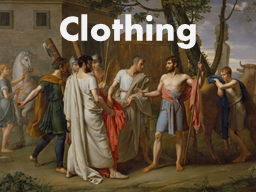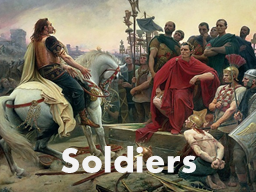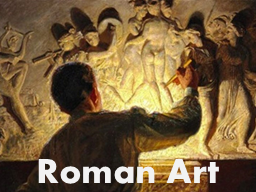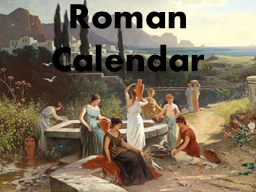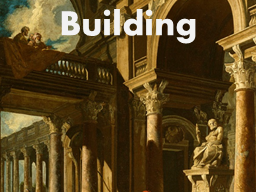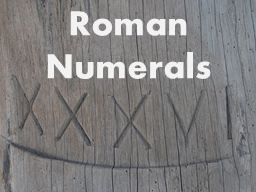Gods and Goddesses
The Romans believed in many different gods and goddesses, demigods (half-humans and half god), and spirits. They believed that each god had specific powers and controlled parts of the world. They believed the gods showed their unhappiness by sending earthquakes, hailstorms, and other natural disasters. The main god was Jupiter. He was similar to the Greek god, Zeus. They were both gods of the sky and would throw lightning bolts if they became angry.
For each of the gods and goddesses the Romans built temples. These temples were filled with beautiful treasures. Priests looked after the temples and took part in the religious ceremonies. The people regarded the temple as a sacred and holy place. Romans also built statues that represented the god's human form. The temple was surrounded by colonnades. A flight of odd-number stairs led to the entrance. Only priests were allowed inside the temples. Worshippers were allowed in the sanctuaries which were in adjoining buildings.
When people wanted to thank a god or goddess they brought gifts of animals for sacrifice to the temple. Sacrificial animals included cattle, pigs, and sheep. The animal had to be healthy with no physical defects. They gave this sacrificial animal to the priest. The animal was killed with an ax or mallet. An assistant cut the animal's throat for the blood to drain over the altar. The inner organs were burned. Then the animal's meat was shared among the priests and assistants.
The priests prayed to the statue inside the temple. They covered the statue of the god with perfumes. Only in cases of extreme danger was the statue brought out for the people to see.
The Romans felt their emperors were god-like. Romans in the eastern part of the empire, near Egypt and Western Asia worshipped the emperor. In the Western Empire people worshipped symbols of the emperors in place of the emperor himself.
Inside each Roman home was a small chapel called the lararium or sacrarium. It contained an altar and hearth where the sacred flame burned. Small wax statues representing the gods were also kept in the homes.
The Romans also thought the gods lived in the sacred woods around fountains.


